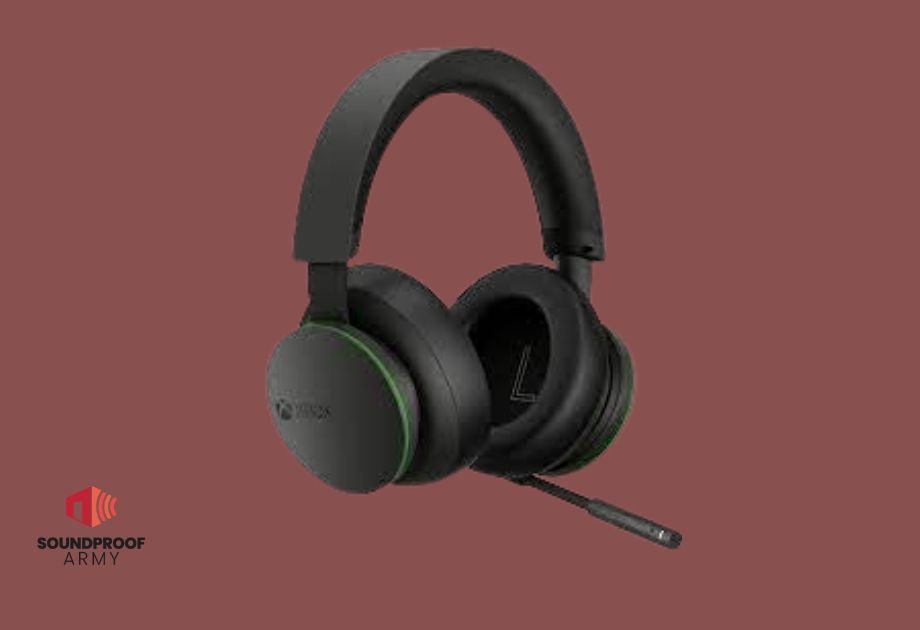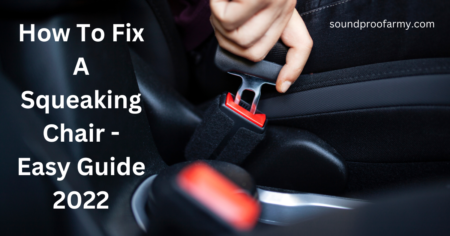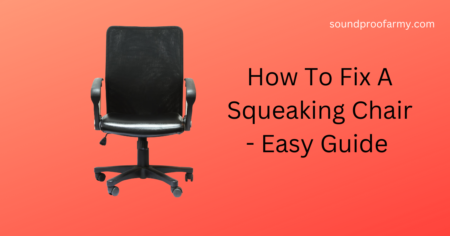Does sound travel up or down? What path does sound travel? It is a question that many people have asked.
Some believe it travels up, while others think differently and say it travels down.
Well, the answer to this question is not as simple as you might think.
However, both sides are correct in their ways.
Sound waves move at different speeds and frequencies than other types like light waves or water waves.
The speed of these sounds depends on the type of medium they’re traveling through (air vs. water).
So, for instance, if you were listening to somebody talk underwater with your ear pressed against the surface of the water’s surface, they would sound much quieter than when they’re talking outside because there are fewer waves to carry the sound.
But when you’re in a fully enclosed space, like an apartment, for example, it doesn’t matter if the sounds are coming from below or above- there’s no air movement, and that will dampen the sound.
Table of Contents
How Sound Travel- Does It Travel Up and Down Only?

Sound travels from one place to another through a mechanical wave.
The vibration of any object generates mechanical waves.
When sound travels, it carries a mechanical wave.
The direction of this mechanical wave depends on where the originating source is located and what medium (air, water, or solid) it has to travel through to reach its destination point.
The result can be an up-down movement, side-to-side oscillation, or even back and forth when traveling through airwaves.
If a sound is created at ground level and travels through the air, the wave will move up.
If that same sound had to travel across water, then the mechanical vibrational wave would be horizontal because gravity pulls on water.
Sound waves can also have an in-out motion when traveling vertically through something solid such as earth or sand.
The direction depends on whether there are any loops for the vibration to bounce off like rocks, deflecting them upwards or downwards depending on their shape and density.
An excellent example of sound traveling is a musician playing the drum.
The sound wave is created by hitting the drum skin, which makes vibrations that move through the air and then bounce off objects at different heights before coming back to your ear.
This bouncing effect causes it to rise, down, or sideways depending on where you’re sitting about the instrument’s placement.
Impact and Airborne Noise and How they Travel
In your entire soundproofing project, you need to be aware of airborne and impact noise.
These are two forms of noises that can travel in your space, but they each have different properties.
There are various ways to deal with the two noises. You will need to use other soundproofing materials for this purpose.
Impact Sound/ Structure Borne Noise
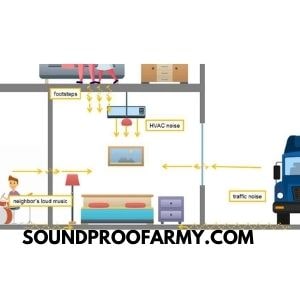
Impact sound results from something like a floor, wall, or ceiling being hit by an object.
The sound waves from impact propagate outwards in all directions and then bounce off the floor, wall, or ceiling.
The sound can travel up or down depending on what it bounces into first.
For example, if it hits a wall that goes straight to the ground, the sound will stay near where you heard it.
While if it hits something higher like a door frame before hitting any surface at ground level, then the noise should be louder outside your apartment than inside. This is also called Structure-borne noise.
Airborne Sound
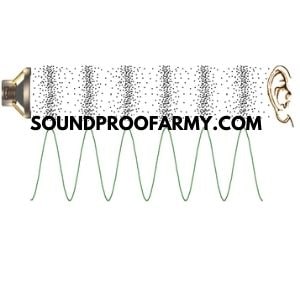
Airborne noise is sound that goes through the air. An example of airborne noise is dog’s barking, TV, radio, or the downstairs neighbor shouting over the phone.
When airborne noise is emitted from a source, it propagates as spherical waves in all directions.
It can be absorbed by the environment or reflected off objects and surfaces until it finally reaches your ears.
Airborne sound waves, when they are traveling through the air, can reach buildings and cause vibrations.
As when your downstairs neighbors are playing music loudly at their party, you would experience noise leaking into your house through gaps and holes in the ceiling. The amount of noise would ultimately depend on both airborne and structure-born sound leakage.
This noise is caused by sounds that are in the air. It leaks through cracks on building elements. Use green glue sealant to seal these cracks.
Some Solutions for Minimizing Airborne And Impact Sound/Noise
Now that you are familiar with the science behind sound traveling up and down, you may be wondering what the best solution is for minimizing noise.
Here are a few ideas:
Seal all the holes and cracks
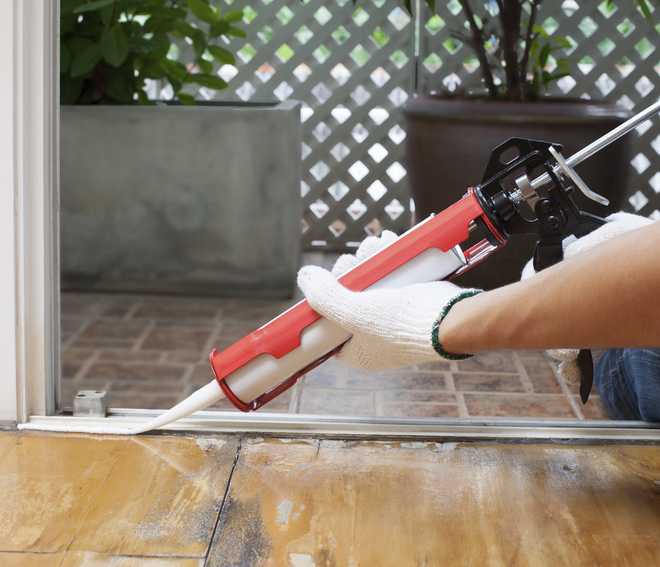
The small cracks and holes in your walls and furniture act as a conductor for sound. Seal them up quickly, using caulking or silicone sealant.
You can cover all the air vents with heavy fabric such as curtain fabrics to reduce noise impact.
Replacing old windows with new ones that are double-paned would help to reduce outside noise pollution.
You can also use layers of draperies to cover window openings on both sides; this will help keep any exterior noises from entering the space.
Use floor underlayment, carpet, or soundproofing layers

These are good for blocking noise from below or above the basement.
An excellent example is the installation of a floor underlayment or carpet.
However, it will not only help to stop sound from below.
But it will also act as an acoustic barrier for any noise that may come through windows on the ground level and go up into your basement.
So fewer reverberations reach your ears and make more sense of what’s happening around you.
This way, if people are talking downstairs, they won’t hear them upstairs due to this layer separating them.
It does all depend on how thick these levels are installed.
Be mindful of your neighbors.
Be a good neighbor to other people. And care about other people’s ears.
You don’t want to be a bad neighbor and disturb the people living there.
They live upstairs or downstairs above you or in any of your surrounding apartments by playing loud music at all hours of the day or night.
And hope they will do the same for you in return.
Final Thoughts on Does Sound Travel Up or Down
What do you know about soundproofing your home?
When it comes to the question of whether or not sound travels up or down, most people would say “down.”
But that answer is incorrect! Sound travels in all directions from its source.
Whether a person is talking, someone playing music on their stereo system, or any other noise-producing activity taking place in your house.
For this reason alone, different types of sound will require different approaches when attempting to reduce outside sounds coming into your home and vice versa for reducing internal noises.
To learn more about these strategies and how they can help solve high frequency (like footsteps) and low frequency (like constant bass) noises within our homes, read this article.







